DockerCon, Docker, Inc.® together with partners Neo4j, LangChain, and Ollama announced a new GenAI Stack designed to help developers get a running start with generative AI applications in minutes. Eliminating the need to search for and cobble together and configure technologies from different sources, the GenAI Stack is pre-configured, ready-to-code, and secure with large language models (LLMs) from Ollama, vector and graph databases from Neo4j, and the LangChain framework. Docker also announced today its first AI-powered product, Docker AI.
“Developers are excited by the possibilities of GenAI, but the rate of change, number of vendors, and wide variation in technology stacks makes it challenging to know where and how to start,” said Docker CEO Scott Johnston. “Today’s announcement eliminates this dilemma by enabling developers to get started quickly and safely using the Docker tools, content, and services they already know and love together with partner technologies on the cutting edge of GenAI app development.”
Demoed on stage at DockerCon,the GenAI Stack is among a range of new AI/ML capabilities, content, and partnerships announced by Docker with the aim of helping developers quickly and securely take advantage of the power of AI/ML in their applications. Components include:
- Pre-configured open source LLMs such as Llama 2, Code Llama, Mistral, or private models such as OpenAI’s GPT-3.5 and GPT-4;
- Help from Ollama for developers to get up and running locally with open source LLMs;
- Neo4j as the default database for graph and native vector search that uncovers explicit and implicit patterns and relationships in data, making AI/ML models faster and more accurate, and acting as long-term memory for these models;
- Neo4j knowledge graphs that serve as the knowledge base to ground LLMs for more accurate GenAI predictions and outcomes;
- LangChain orchestration between the LLM, application, and database with vector index, and serving as the framework for developing context-aware reasoning applications powered by LLMs; and
- A series of supporting tools, code templates, how-to’s, and GenAI best practices.
Also Read: How to Effectively Leverage An ERP System
Easy out-of-the-box setup empowers developers with numerous capabilities, such as effortless data loading and vector index population, enabling developers to seamlessly import data, create vector indices, embed questions and answers, and store them within the vector index. Developers can do enhanced querying and result enrichment for applications that can both summarize data and showcase knowledge retrieval through flexible knowledge graphs. They can also generate diverse responses across various formats, such as bulleted lists, chain of thought, GitHub issues, PDFs, poems, and more. In addition, developers can compare results achieved between LLMs on their own, LLMs with vector, and LLMs with vector and knowledge graph integration.
SOURCE: GlobeNewswire




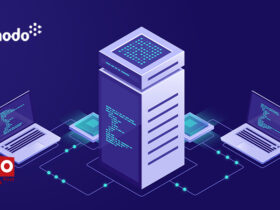






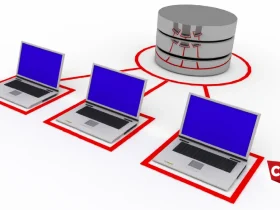

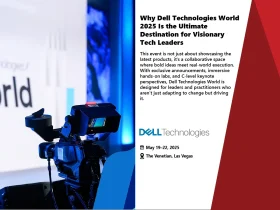




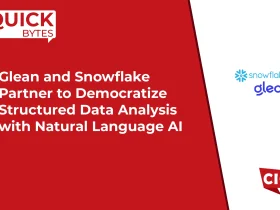






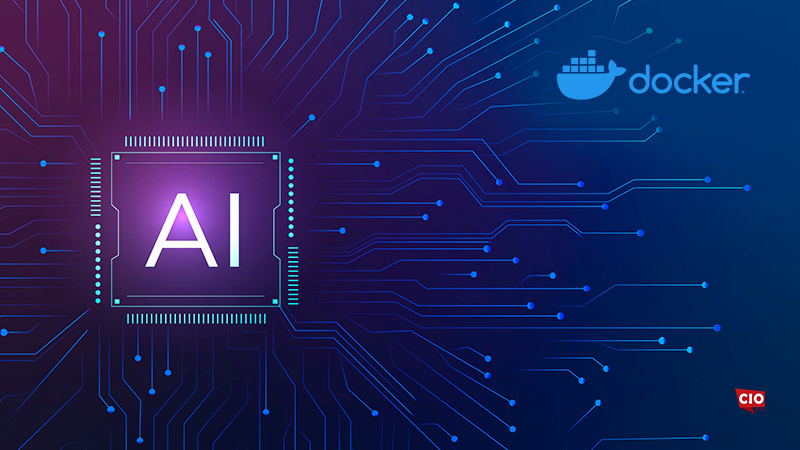
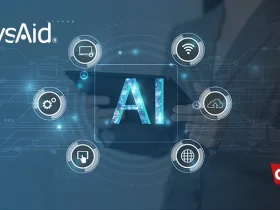
Leave a Reply